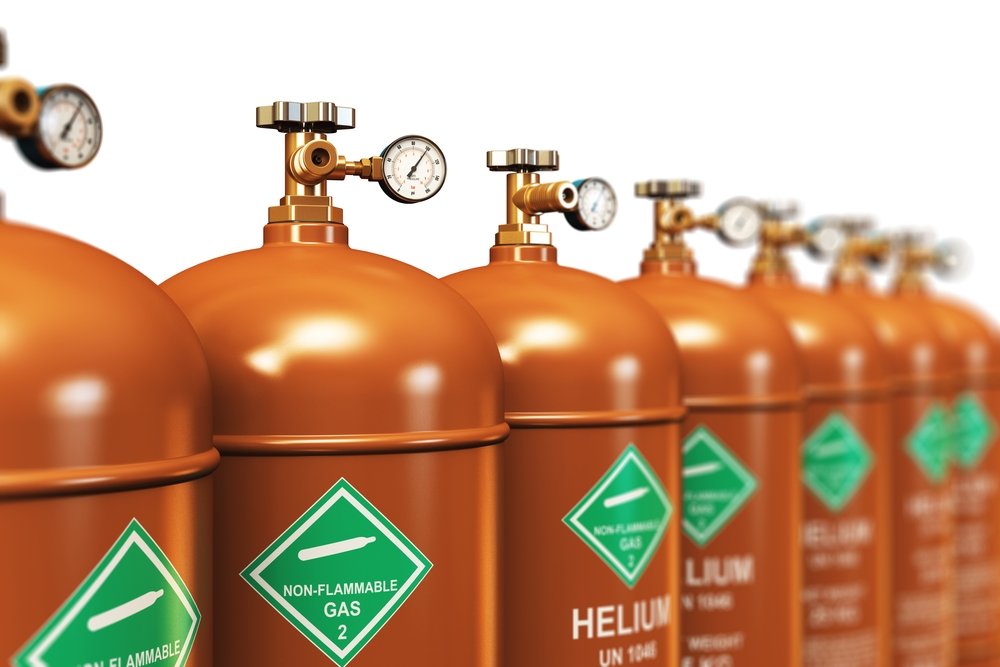A global shortage of helium worries his doctors world for one of the most basic and perhaps unexpected uses of natural gas: magnetic resonance imaging.

As strange as it sounds, the lighter-than-air element used to inflate balloons is also used by medical diagnostic equipment. An MRI cannot operate without about 2.000 liters of liquid helium to keep the magnets cold. But helium – a non-renewable element found deep in the Earth's crust – is running out, leaving hospitals wondering how to plan for the future with minimal supplies… said Phil Kornbluth, president of Kornbluth Helium Consulting.
Suppliers are of course prioritizing health care by reducing helium distributions to less essential customers.
Hospitals have not yet canceled patient MRIs or shut down the machines. However, the cost of solar is rising at an alarming rate. The future of MRI remains uncertain. The problem is that no other element is cold enough for MRI. "There is no alternative," said Donna Craft, regional director of construction for Premier Inc., which contractsfundamentals with helium suppliers for approximately 4.000 hospitals. "Without the sun, MRIs would have to stop."
GE and Siemens began making MRIs that require less helium. Siemens recently introduced one that requires just 0,7 liters and GE released a machine that is “1,4 times more efficient than previous models”. These technologies are not widely available, however, and replacing the US's 12.000 MRI scanners – each weighing up to 22 tons – is far from a quick fix.
The NBC News article he says that some scientists are already stopping research projects that require helium.





